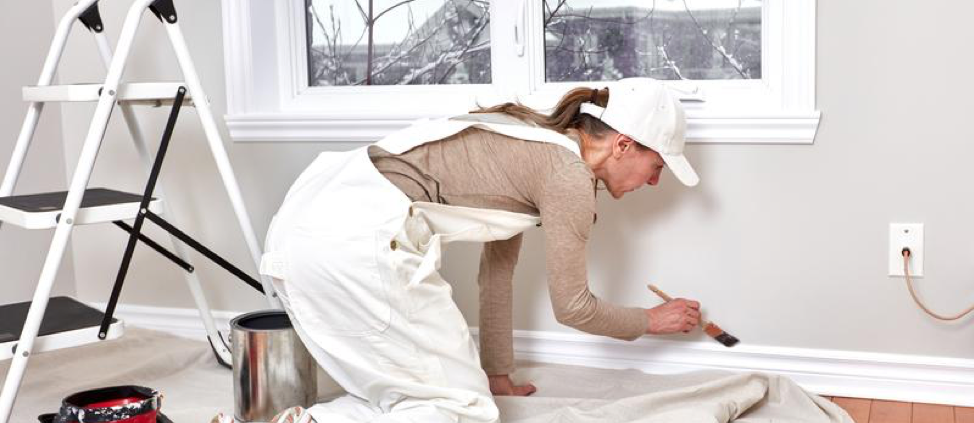Tackling a DIY Paint Job? Here Are Some Helpful Tips
Painting a room is the least expensive way to give it a brand-new look. It’s also one of the most straightforward jobs for doing-it-yourself. With effort and the right painting technique, you can get a truly fabulous result.
Prepping the Room
Painting is a time-consuming task, but the process will go much more smoothly by preparing the space well. Remove window treatments, artwork, rugs, switch plates, and any other accessories. Remove as much of the furniture as will be manageable and push the rest into the center, where a drop cloth can safely cover it. The floor needs to be protected as well, and flattened cardboard boxes are one good way to do it. Nix Color Sensor suggests inspecting the walls for nail holes or cracks and applying a fast-drying spackle to ensure you get a smooth canvas. Once all imperfections have been sanded down, you’re ready to add painter’s tape around the edge of the crown molding, or where your wall meets the ceiling.
Start Right, End Right
As tempting as it can be to leave it to the end, according to IA Drywall, it’s best to paint the ceiling first before the walls. Working with a partner, use a paintbrush to “cut in,” which means to flatten the brush and make an even line that will border the area. The second person uses a roller with an extended handle to fill in the rest of the space, applying even pressure in a zig-zag pattern. Paint in 4-foot sections, but make sure to let the segments overlap. To avoid paint splatter, work slowly, and get into a nice rhythm. When it’s time to paint the walls, finish one wall at a time so that overlapping sections dry at the same time and can blend in together. Applying a second coat will give you the best results. Carefully remove all the painter’s tape before the paint has fully dried, to avoid peeling. Your final section to paint will be the trim, but allow the ceiling and the walls to dry completely first.
Those Final Touches
Paint the “trim” using a trim brush, which is small enough to do the job right. These narrow spaces around light fixtures or door frames require a steady hand, but try to work fast enough to avoid leaving visible brush strokes. You may need to add a second coat to the trim.
Now it’s time to admire your hard work! A fresh paint job can transform the feeling of a room and will enhance your enjoyment of the space for years to come.
Looking to leave the painting to the professionals? Give us a call for a free estimate.




